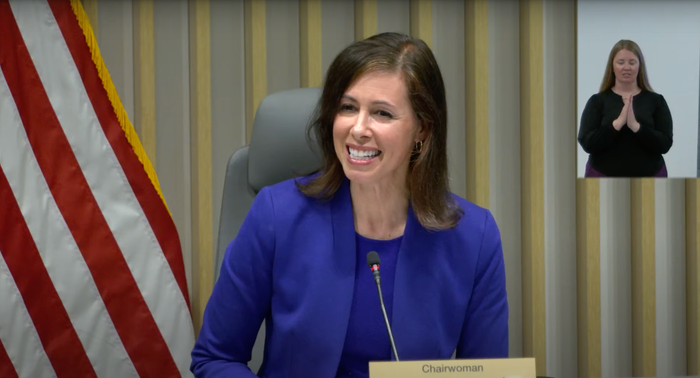thumbnail
Data Centers
DC Blox sheds light on dark fiber, landing station buildoutsDC Blox sheds light on dark fiber, landing station buildouts
DC Blox is just the latest example of a data center provider expanding to do much more as hyperscaler growth provides a catalyst for new dark fiber routes and connectivity services.
Subscribe and receive the latest news from the industry.
Join 62,000+ members. Yes it's completely free.
















.jpg?width=300&auto=webp&quality=80&disable=upscale)


















_International_Software_Products.jpeg?width=300&auto=webp&quality=80&disable=upscale)



